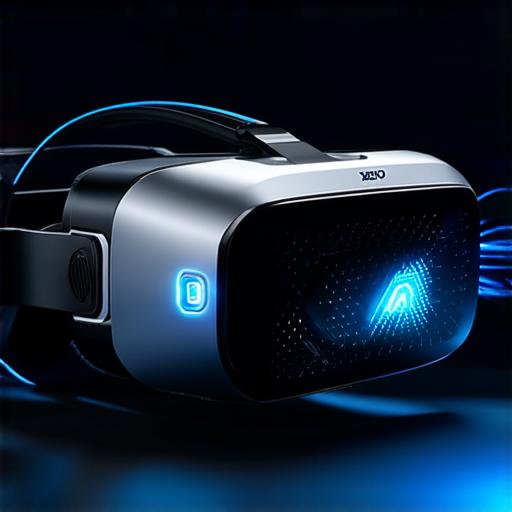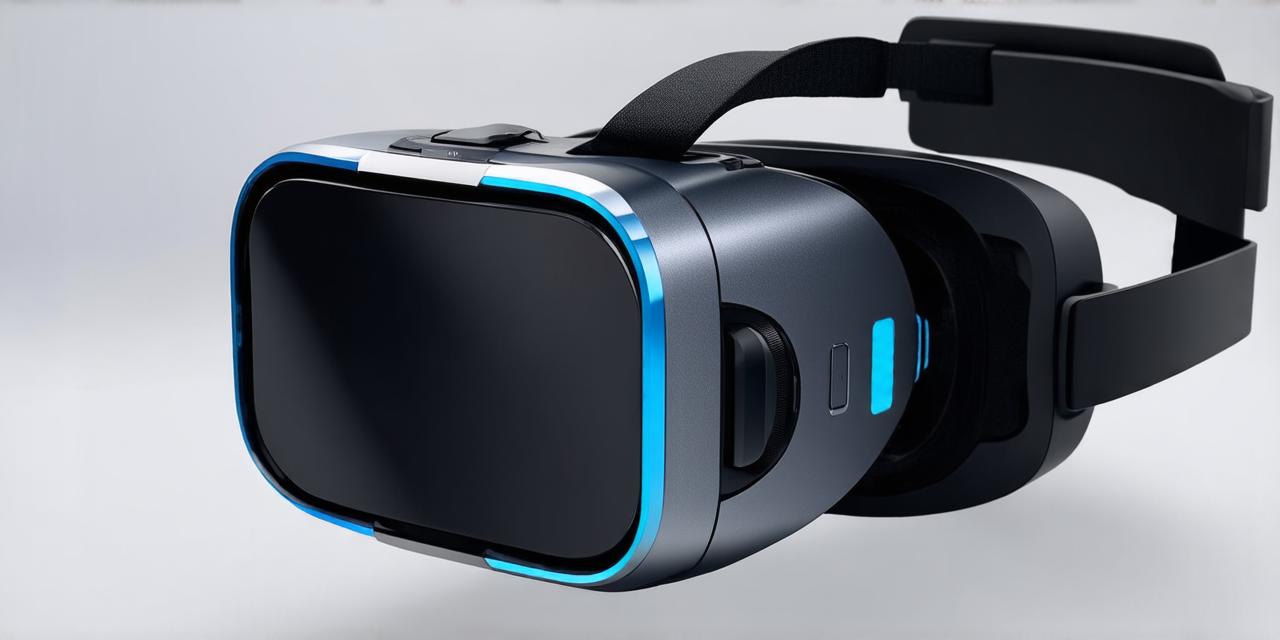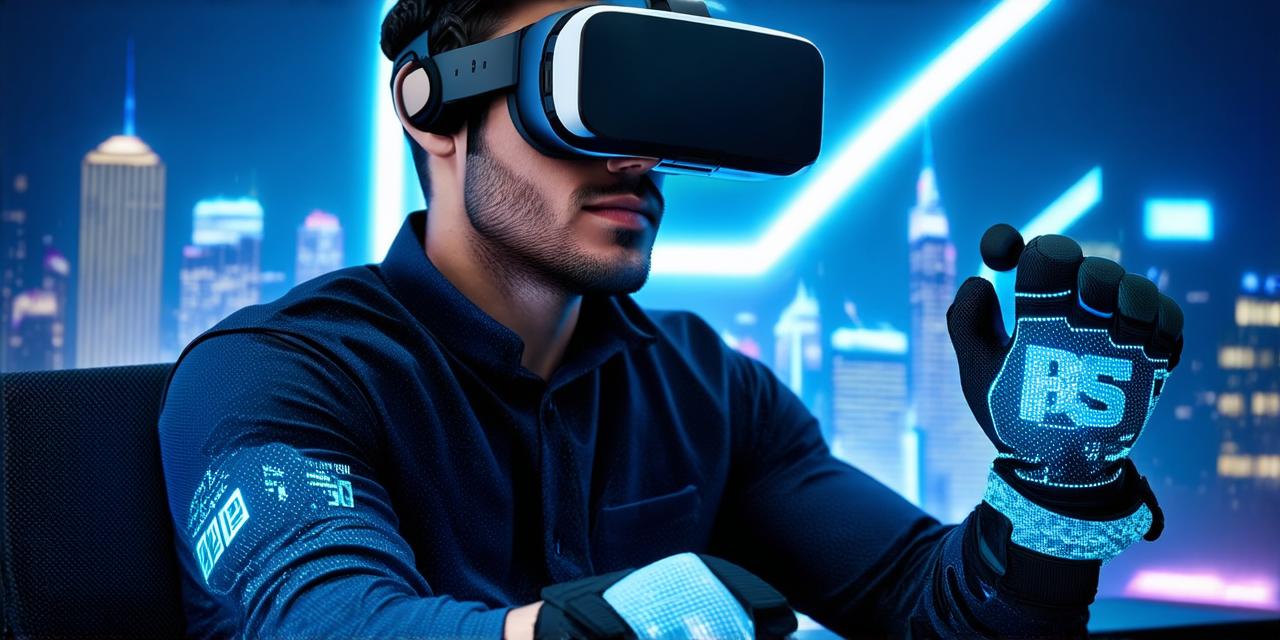Virtual reality (VR) is transforming the way we interact with the digital world. From gaming and entertainment to education and training, VR has countless applications that can help us experience things in ways we never thought possible.
Understanding Your Audience: The Key to Successful Content Creation
Before you start creating content for VR, it’s important to understand your target audience. What are their interests? What kind of experience do they want to have? By answering these questions, you can create content that resonates with them and maximizes engagement.
Case Study: Creating a VR Experience for Medical Training
One great example of how to create content for VR is through medical training. A VR experience can provide students with a realistic simulation of surgical procedures, allowing them to practice and improve their skills in a safe environment.
In this case study, a team of developers created a VR experience called “Surgery 360” that allows medical students to perform surgeries on virtual patients. The experience is highly immersive, with realistic graphics and audio that make the student feel like they are actually performing the surgery.
The developers worked closely with medical professionals to ensure that the content was accurate and up-to-date. They also included real-time feedback from the virtual patient, which helps students identify areas where they need to improve.
By using VR for medical training, students can gain hands-on experience without putting real patients at risk. This has the potential to save lives and make medical education more accessible and effective.
Best Practices for Creating VR Content
When creating content for VR, there are several best practices you should follow to ensure that your content is engaging and effective. Here are a few:
- 1. Keep it simple: While VR can offer incredible levels of immersion, it’s important to remember that not everyone will have the same level of comfort with technology. To make your content accessible to as many people as possible, keep it simple and easy to use.
- 2. Use storytelling: Storytelling is a powerful tool for engaging audiences in VR. By telling a compelling story through your content, you can create an emotional connection with your audience that will keep them engaged and invested.
- 3. Focus on interaction: Interactivity is at the heart of what makes VR so exciting. By giving your audience control over their experience, you can create a sense of agency and ownership that will make your content more engaging.
- 4. Test and iterate: Creating content for VR is an ongoing process that requires constant testing and iteration. By gathering feedback from your audience and making changes based on that feedback, you can improve your content over time and ensure that it continues to engage and delight.

Conclusion
Creating content for virtual reality is a unique and exciting challenge that requires a different set of skills and strategies than traditional content creation. By understanding your target audience, following best practices, and using storytelling and interaction to create engaging experiences, you can create VR content that resonates with your audience and transforms the way they interact with the digital world.




